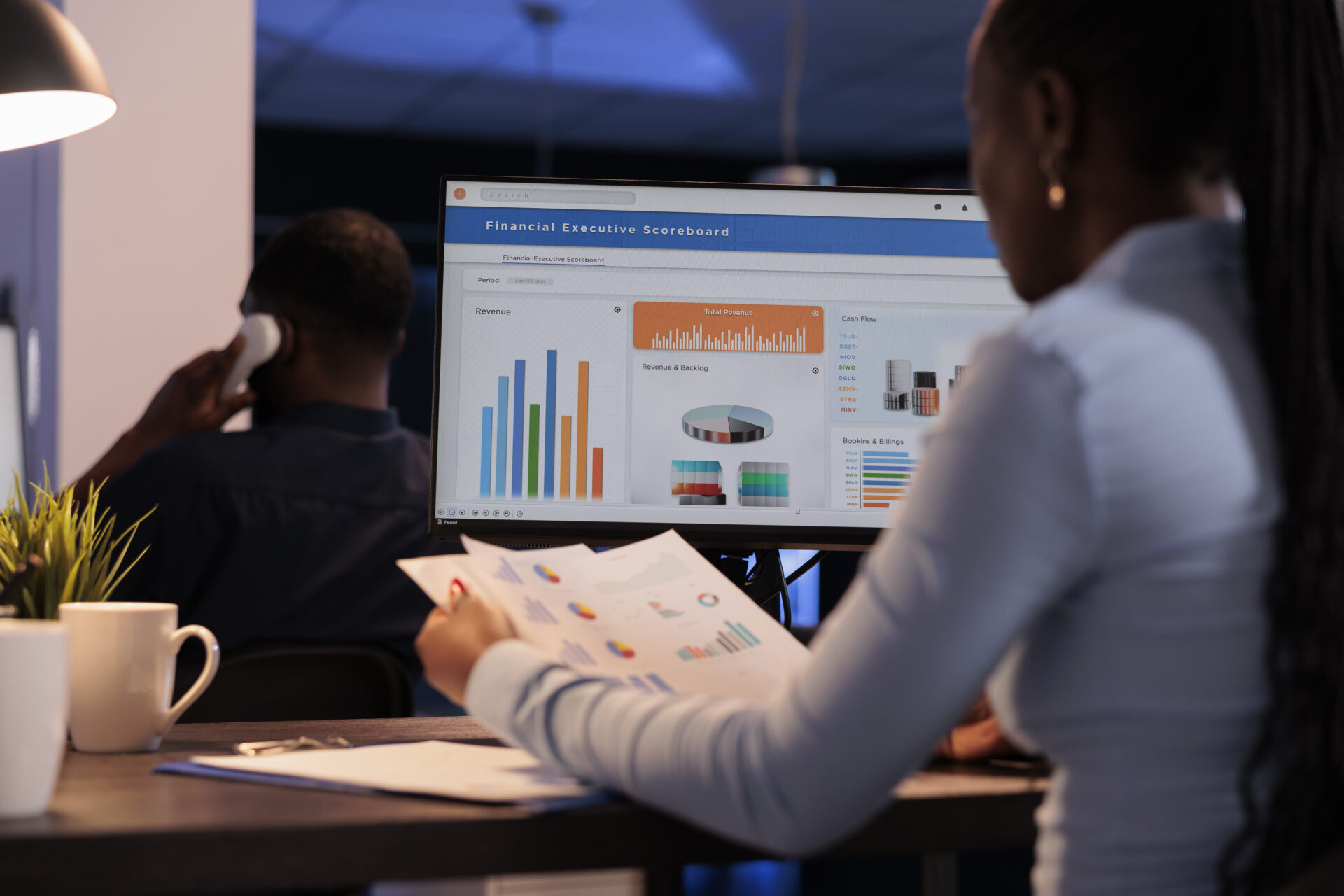“Technology is the campfire around which we tell our stories”
—Laurie Anderson (Artist)
What are dashboards?
Dashboards are digital interfaces that provide a visual representation of data, facilitating quick and easy interpretation of complex information, enabling users to track progress quickly and easily towards goals and identify areas for immediate improvement.
Why should HR professionals leverage dashboards?
Human resource (HR) professionals handle large volumes of data, especially in larger, more structurally diverse organisations. Business intelligence (BI) has revolutionised the way organisations make decisions by providing invaluable insights through data and data analysis.
In the realm of HR, BI has the potential to perform a crucial role in optimising an array of HR functions such as workforce management, improving employee engagement, and enhancing overall organisational performance.
As a BI tool, dashboards can help HR professionals streamline processes, navigate complex decision-making and improve efficiency, specifically through data visualisation.
- Dashboards provide real-time insights into key metrics. They help identify trends and patterns and allow for predictions to be made about people and organisations. A performance management dashboard can assist shareholders in tracking performance against targets and budgets, identify top-performing staff, and pinpoint areas earmarked for refinement.
- Dashboards can also help improve communication and collaboration within an organisation. By providing a centralised platform for accessing and sharing data, dashboards ensure that all stakeholders have access to the same information, fostering alignment and cooperation across teams. Within HR, dashboards can support teams by tracking internal performance. They can help these teams share perspectives and partner on initiatives to propel corporate strategy. Moreover, by enabling greater transparency and cooperation, dashboards can empower organisations to break down silos, and encourage employees to work collaboratively towards common goals.
- By harnessing BI tools such as dashboards, HR professionals can scrutinise recruitment trends, pinpoint top-performing candidates, and predict future recruitment needs. This empowers organisations to craft better strategies for attracting, recruiting, and retaining skilled professionals.
- By consolidating data from multiple sources into a single, easy-to-read interface, dashboards allow users to monitor progress towards goals and objectives in real time. This further allows executives and those in leadership roles to swiftly recognise areas of strength and weakness, enabling them to make statistically guided decisions to optimise performance and mitigate risks.
Considering all of the above, capitalising on BI in HR will advance organisational performance and change management. As HR professionals, we can identify areas for improvement and implement data-centric strategies to boost performance within our respective functions. As organisations continue to prioritise data-driven decision-making, BI will become increasingly important.
Where to begin?
The visualisation of data and preparing of dashboards can be overwhelming. HR professionals should try to identify a starting point and move from there. For instance, demographics can be used as a point of departure. Try to picture in as many ways as possible the current demographics of your organisations and how this information can be presented: eg. gender; age; workforce generations; workforce segments; attrition rates; and diversity of teams. Build these metrics into your reporting routine. Once you perfect this, you can then move to the higher-order visuals such as succession, recruitment, learning and development. There are many different types of analytics, so prior research is important to help shape the story you wish to tell.
Business intelligence is a powerful instrument that is revolutionising the sphere of human resources. By utilising BI tools and analytics efficiently and effectively, HR professionals can proceed to adjust their chairs, bringing them nearer to the corporate table, positioning them to drive innovative decisions, enhancing workforce management, and increasing organisational performance.





